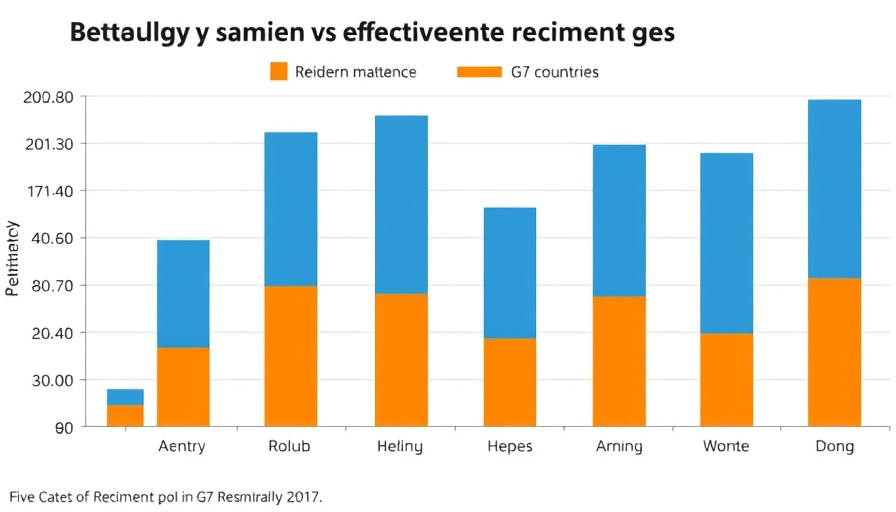
Understanding the Rise of Employee Pessimism in Today's Workforce
Recent research highlights a troubling trend among employees: pervasive pessimism and disconnect regarding their work environments. According to meQuilibrium's Summer 2025 State of the Workforce Report, over 67% of surveyed workers feel the current state of the country worsens their outlook on both their jobs and financial situations. This alarming sentiment is not merely an informal complaint; it has profound implications for workplace productivity and mental health.
The Domino Effect of Uncertainty on Productivity
Pessimism is often exacerbated by uncertainty. The report points out that employees experiencing high levels of uncertainty rarely maintain productivity, with studies indicating a stark 60% reduction in efficiency linked to feelings of doubt about their job security. This disconnect can further lead to burnout—nearly one-third of employees reporting high uncertainty also exhibited significant burnout levels, hindering their potential within the workplace.
The Human Cost of Workplace Dissatisfaction
The implications of worker pessimism extend beyond performance metrics. Brad Smith, chief science officer at meQuilibrium, notes that pessimistic employees face over double the risk of depression, which can spiral into absenteeism and a detrimental performance drop. This is a wake-up call for organizations, particularly for HR leaders and executives focused on employee engagement and performance-driven leadership. Fostering a supportive and transparent culture can be the antidote to workplace malaise.
Strategies for Cultivating Resilience in Teams
In times of volatility, equipping employees with emotional intelligence and resilience is paramount. Skills like emotional control and empathetic leadership can help mitigate the detrimental effects of pessimism and uncertainty, allowing organizations to cultivate a high-performance culture. Implementing succession planning and ongoing leadership development programs can nurture this essential capability within teams. Moreover, prioritizing a people-first leadership approach will not only address immediate productivity concerns but also enhance overall employee well-being.
Navigating Economic Anxiety and Employee Expectations
Economic uncertainties are pushing many employees to seek additional income through side jobs, further straining their focus and commitment to their primary roles. As stakeholders in organizational success, leaders must recognize the importance of addressing these concerns through tailored workforce optimization strategies that adapt to evolving employee needs.
In conclusion, the increasing levels of worker pessimism, uncertainty, and disconnect are alarming indicators of a larger issue facing organizations today. CHROs, VPs of Talent, and HR leaders must recalibrate their workforce strategies to foster a resilient and engaged workforce, ensuring that productivity and mental wellness go hand in hand for a thriving organizational environment.
 Add Row
Add Row  Add
Add 




Write A Comment